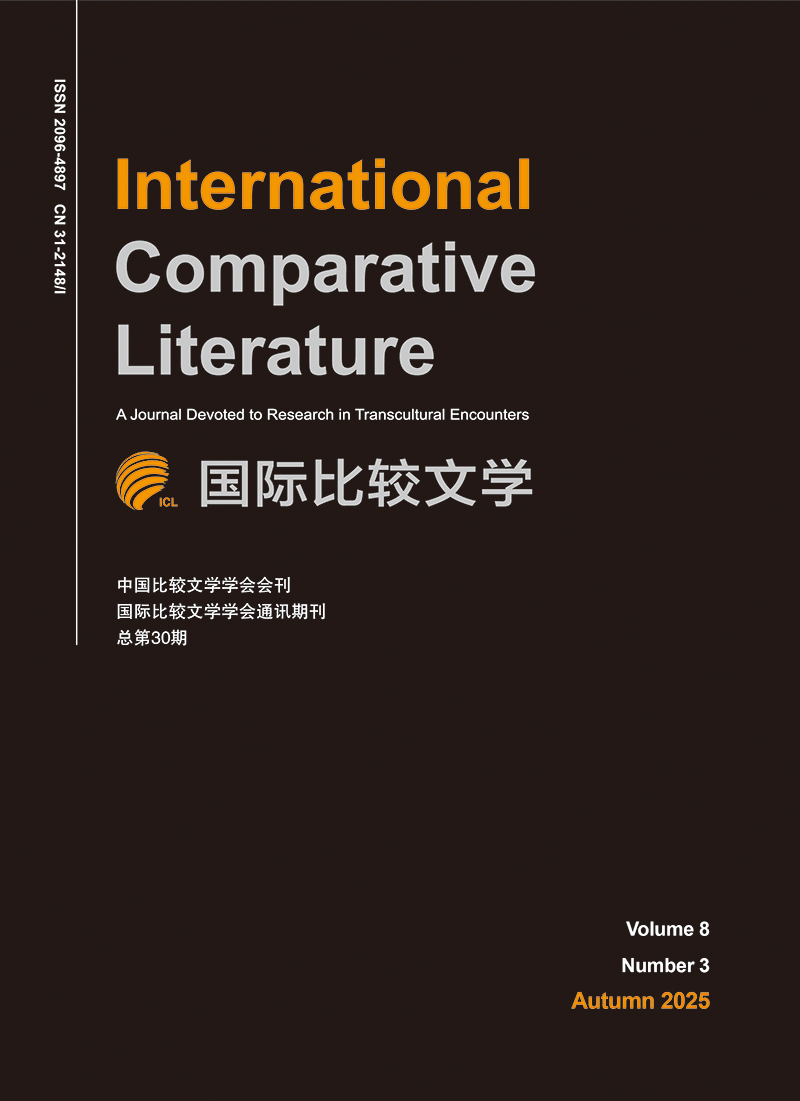2020 Vol. 3, No. 2
Display Method:
2020, 3(2): 211-222.
doi: 10.19857/j.cnki.ICL.2020321
Abstract:
2020, 3(2): 223-260.
doi: 10.19857/j.cnki.ICL.2020322
Abstract:
2020, 3(2): 261-275.
doi: 10.19857/j.cnki.ICL.2020323
Abstract:
2020, 3(2): 276-288.
doi: 10.19857/j.cnki.ICL.2020324
Abstract:
2020, 3(2): 289-300.
doi: 10.19857/j.cnki.ICL.2020325
Abstract:
2020, 3(2): 301-317.
doi: 10.19857/j.cnki.ICL.2020326
Abstract:
2020, 3(2): 318-334.
doi: 10.19857/j.cnki.ICL.2020327
Abstract:
2020, 3(2): 335-354.
doi: 10.19857/j.cnki.ICL.2020328
Abstract:
2020, 3(2): 355-366.
doi: 10.19857/j.cnki.ICL.2020329
Abstract:
2020, 3(2): 367-375.
doi: 10.19857/j.cnki.ICL.20203210
Abstract:
2020, 3(2): 379-383.
doi: 10.19857/j.cnki.ICL.20203211
Abstract:
2020, 3(2): 384-387.
doi: 10.19857/j.cnki.ICL.20203212
Abstract:
2020, 3(2): 388-391.
doi: 10.19857/j.cnki.ICL.20203213
Abstract:
2020, 3(2): 392-396.
doi: 10.19857/j.cnki.ICL.20203214
Abstract:


